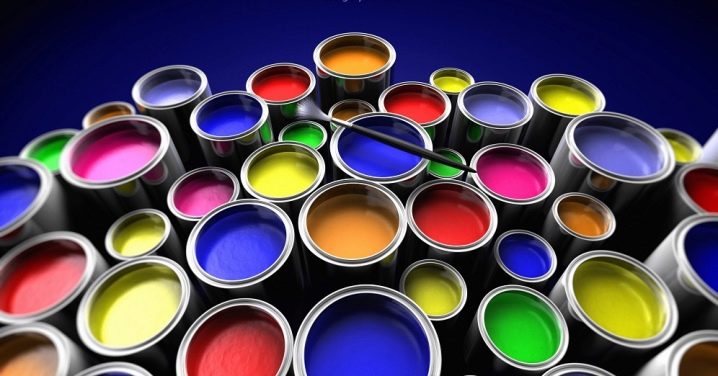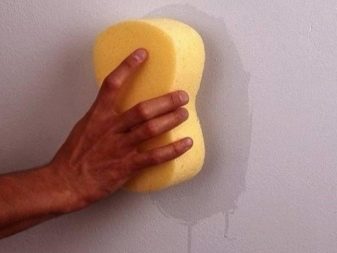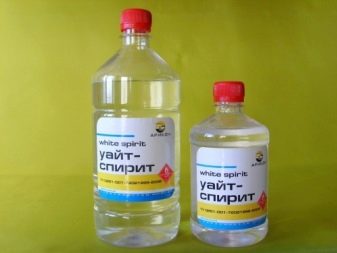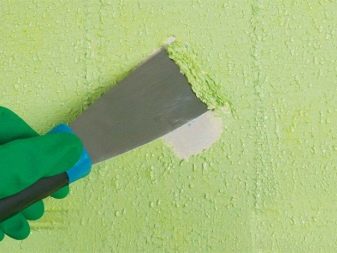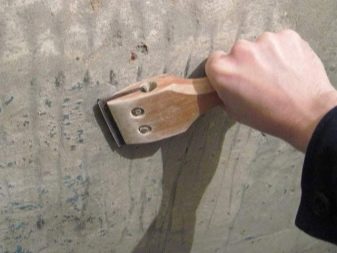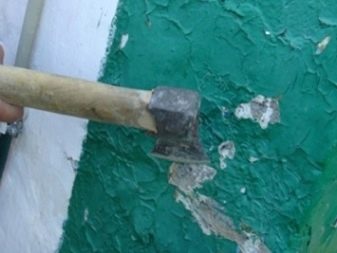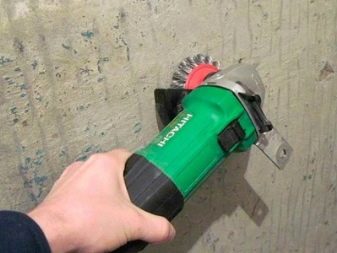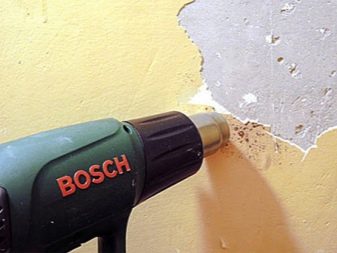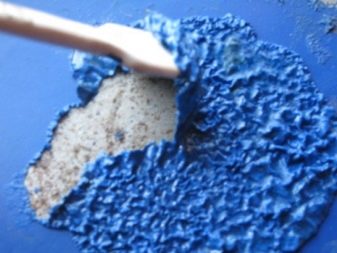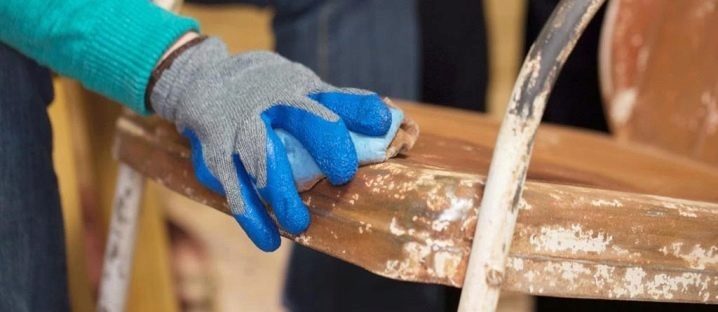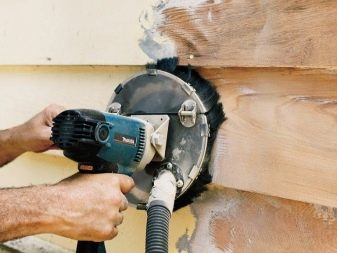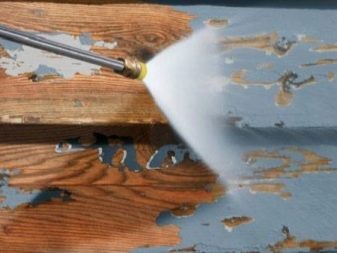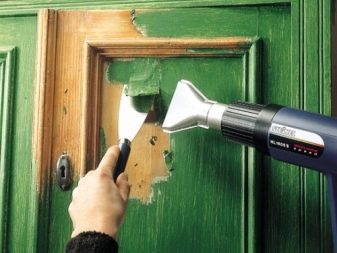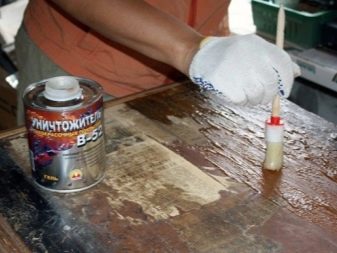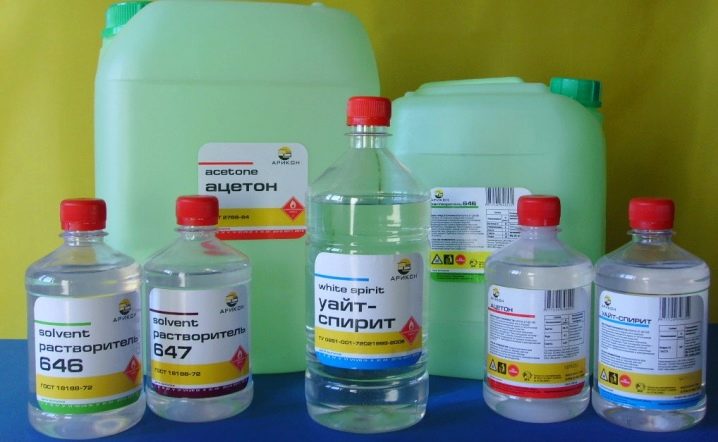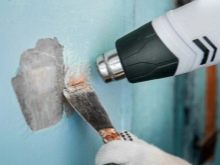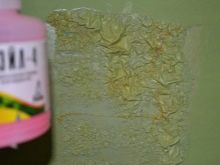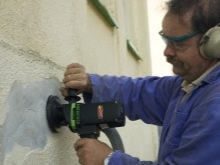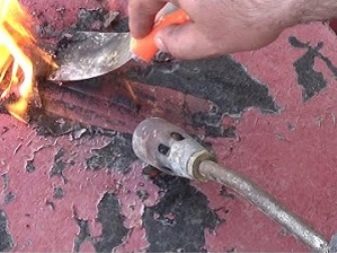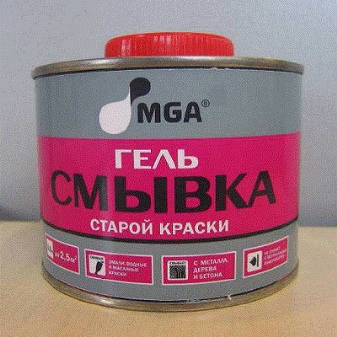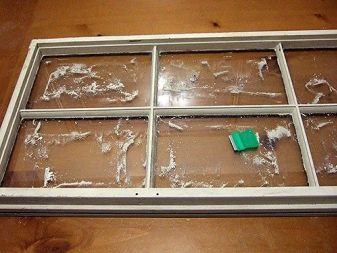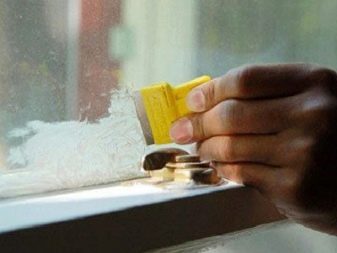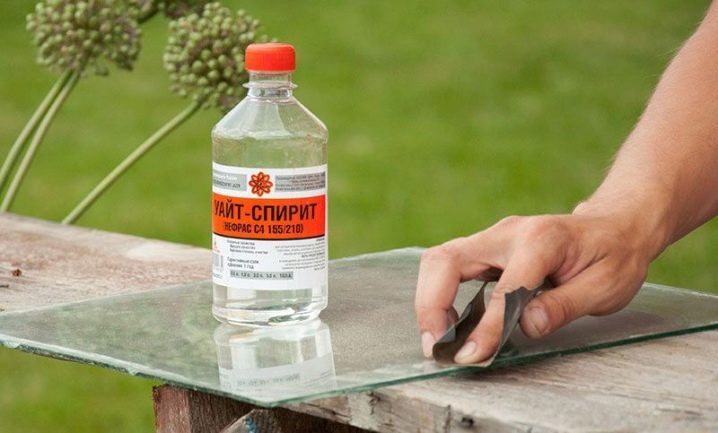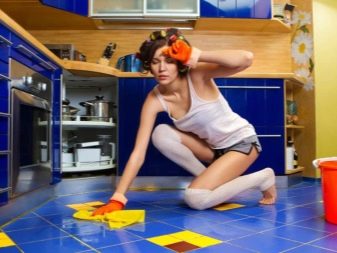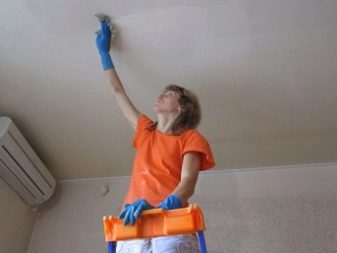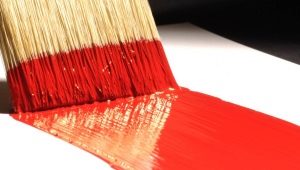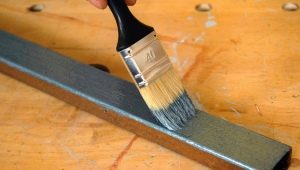How to remove the old paint?
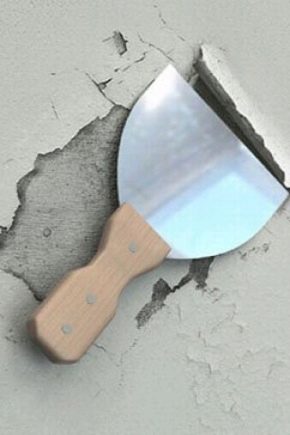
Paint - the easiest way to repair a particular surface, whether it is a whole room or a single item. Perform such a procedure for updating each person can independently, in addition, painting is usually inexpensive. A variety of paints and varnishes (paintwork materials), allowing to paint the surface of any material, only increases the demand for similar products.
Ways
Manufacturers of paints and varnishes strive to provide their products with the highest possible adhesion, since a reliably painted surface without flaking and blistering is the best advertisement for paint.In a situation with repainting, such a characteristic creates additional problems, since the finish can firmly connect to the base, not wanting to separate. The task of the master is to separate the old paint from the base without damaging the latter. This can be done only if you choose a method that is optimally suitable for this combination of dye and base.
Wash
Theoretically, the easiest way to wash off the old finish, but in most cases it is not as easy as it seems. Most varieties of paint does not imply a simple rinsing with water, because exposure to such an impact makes the material extremely short-lived. Most often, only the special chemical remover will help you to remove the old color, which you need to choose according to the type of dye and base.
There are the following methods depending on the type of paint:
- Water-emulsion or water dispersion paint it is easiest to wash off - at least the cheapest ones. As the name implies, the basis for such dyes is ordinary water, because when it is added, the pigment is quite easily washed out.Another thing is that in order to avoid accidental dropping of drops, the painted surface is often specially opened with a protective layer of varnish. In the latter case, it is necessary to use special means - for example, a solvent.
- Oil paint they know everything - it was very widely used in previous decades and is well recognized due to the characteristic formation of a separate layer. You can wash it off only with solvents, each one being selected depending on the base. In the old days, dyeing with oil dyes was often carried out in several layers, their number directly influences the amount of washing agents used.
- With acrylic paint It is quite simple to fight because there are many different ways and means to flush it. If the painted surface is not afraid of moisture, you can even use ordinary hot water with soap, and a small percentage of alcohol in this composition will only improve the result. For glass and plastic, this method is optimal, and the plastic painted with acrylic is not cleaned in any other way.In other cases, you can apply both complex tools and well-known acetone.
- Latex paint can also be removed with a good solvent - the popular “white spirit” will suit as such.
Wipe off exfoliating material can be hygienic pads or sponges - they are perfectly absorb the liquefied mass.
Mechanical method
Chemical rinsing agents are not always applicable. In some cases, they cannot be used because of the peculiarities of the painted base; often the consumers are also deterred by the strong smell and the need for additional financial expenses. In this situation, you can use the old-fashioned method and banally tear off the paint, but you should be prepared for the fact that such a procedure takes a lot of time and effort.
To speed up the process is to use special tools. The absolute hit is a sharp spatula of a suitable shape. - with its help you can quite successfully remove almost all types of coatings. Where special care for the integrity of the surface is not required, special metal brushes or scrapers can also be used.Acrylic paint from wooden surfaces is often removed even with an ordinary knife.
As an additional grinding of the substrate under the old layer, you can also use sandpaper.
The mechanized version of the manual method is use of a drill or "Bulgarian" with a special nozzle - a diamond cup. This method is certainly the least time-consuming and costly, but it necessarily requires the availability of these tools. In addition, the process of performing work will be short, but very dusty and noisy.
There are more unusual mechanical methods that raise certain doubts about their effectiveness. For example, the surface painted with water-based paint, it is advised to first paste over with newspapers that supposedly help remove the pieces of the finish after the glue dries. This method is doubtful due to the fact that in some cases, a careless master will have to tear off even tightly adhered press.
Above the oil paint, it is recommended to perform incisions with an ax, which partially provoke delamination, and partially contribute to better adhesion of the primer applied to the old layer.In this case, as a primer is better to apply the so-called concrete contact, designed specifically for such purposes.
Thermal method
Many paint and varnish materials quite specifically spelled out the maximum temperature that they can withstand without destroying their structure. It is clear that this figure is significantly higher than ordinary room temperature, and yet the heating can be successfully used to achieve the task.
Water-based paints, in particular, are washed off with hot water much better than cold. Oil paint and does crack at a certain heat, but in this case, the temperature required is quite high - it can only provide a building dryer. However, home craftsmen often use an ordinary blowtorch as an alternative, although such a solution can spoil the surface to be treated. Alternatively, a foil can be applied to the painted wall, along which steam is let in from the included iron. In the latter case, you still have to use a spatula, but the paint will be removed without any extra effort.
Removal from the tree
It is quite often necessary to remove old paint from a wooden surface, because doors and door fittings, baseboards, floor coverings and window frames are made from this material. All these parts will be found in any home, and they can last much longer than the paintwork material used for their finishing, so they are easier to repair than to replace. At the same time, the tree is still not the most solid basis, so it is worthwhile to begin to learn about the specifics of a particular breed.
In general, four main methods are applicable for cleaning wood products:
- mechanical method - the most versatile, it is best suited for widespread use in the home, when the paint from the surface is removed with a spatula and power tools;
- sandblasting It gives an extremely fast result, but it is expensive, and it should be done as gently as possible and only by the hands of an experienced specialist;
- thermal method involves the use of industrial hair dryer, a significantly softening used paintwork material;
- chemical method It is considered perhaps the most convenient, but you need to carefully select the formula depending on the breed, so as not to damage the tree.
How to remove from plastic?
As a rule, plastic products are not painted by hand - manufacturers have the opportunity to dye the material itself while it is liquid. However, sometimes the need for repainting still occurs, and then craftsmen are faced with problems.
It is impossible to mechanically remove old paint from plastic - the risk of breaking the product is too great. Thermal method is also not suitable here, because such a basis is not always able to withstand significant heat without deformation.
The only exception is water-based paint, which is sufficient to heat to 60-75 degrees for removal. At the same time, it is better to perform a similar procedure in summer, since a sharp temperature drop deforms the product.
Only solvents remain, but it is also quite easy to damage the plastic if you pick up the wrong kind. If the master knows what kind of plastic the product is made of (this should be indicated on the package), then you can choose the optimal solvent.You can determine the type of raw material yourself, but you need to be an expert, as igniting the material or immersing it in water to determine the density may not bring results.
Removal from concrete
Removing the old finish from concrete is a very common operation in the field of construction and repair. The task is greatly simplified by the fact that it is almost impossible to damage a concrete base, so you can safely resort to all major removal methods. In this case, it is still necessary to take into account certain features of this surface, following the basic tips:
- in industrial conditions, to perform such tasks, they usually use a building dryer, which gives a rather high temperature for peeling off practically all types of paints;
- at home it is recommended to use a special liquid, but such work should be done only on the street or in a well-ventilated room and always in a protective suit;
- machining with sandpaper or even a sharp ax (for oil paint) turns out to be the cheapest way, but you should be prepared tothat the tool used is quickly blunted, and the task is difficult.
Do-it-yourself metal cleaning
Painted metal products sometimes are no worse than concrete in terms of their resistance to destructive effects, but in industrial conditions they are often painted with powder paint, which only gets stronger from heating. If there is confidence that the used dye does not apply to powder, You can use one of the following methods:
- Thermal method due to the use of an ordinary blowtorch is considered one of the most convenient at home, however, it is unacceptable to use it for very thin parts.
There is a high probability of formation of scale on the surface of the product, therefore, subsequently, the machined plane will have to be ground.
- Mechanical method does not require large expenditures - you only need to buy sandpaper or a nozzle on a drill, however, due to the complexity of the procedure, it is used only for small surfaces.
- Chemical method it is safe to be called universal, since the modern industry produces special washes for the metal in a huge range. Select a variety should be based on the type of paint used, and powder dyes from a metal surface in general can only be removed in this way.
How to clean off the glass?
Few people paint the glass on purpose, however, when painting window frames, a drop of dye can fall past the target. Any owner would like to quickly clean up such errors of repair in the apartment, because painting the frame was obviously started with the aim of saving money, so replacing the glass is not the best solution. If the glass is also stained, cleaning is a must.
- In the case of home repairs, the mechanical method will be the least expensive, but you should proceed with caution, because the material is rather fragile. The place of pollution for 15-20 minutes is compressed with rags soaked in hot water and means for washing glasses, and only then they are scraped off the stains, acting without sudden movements.
- Most of the popular solvents successfully remove the paint from the glass surface without harming the base itself.These include, in particular, "white spirit" and acetone, although you can choose other options, provided that they are suitable for glass.
- To remove old, long-dried spots almost the only option is to use a thermal method. At home, it is proposed to stick the foil on the selected area with adhesive tape, and then treat its surface with a stream of steam from an iron.
Remove from the ceiling and floor
When cleaning the floor and ceiling should be repelled from what material is made finish. For example, the floor in the kitchen is cleaned by almost any method, because usually there are laying flooring, ready to be affected by any destructive factors.
Another thing, when you need to clean the suspended ceiling. It is unlikely that someone would paint it, but paint might accidentally hit the surface. PVC film, from which such ceilings are usually made, categorically excludes the use of abrasives that can scratch the surface. The use of chemical solvents is also very undesirable - the risk of accidentally dissolving the film itself is great.
In this situation, it is usually advised to wash the surface manually, and without using mops and other extension devices. (increases the risk of breaking the ceiling).
Detergents are allowed, but choose only soft options with a neutral reaction, for example, liquid soap or gentle washing powder.
You can find out how to simply knock the old paint off the walls from the following video.
